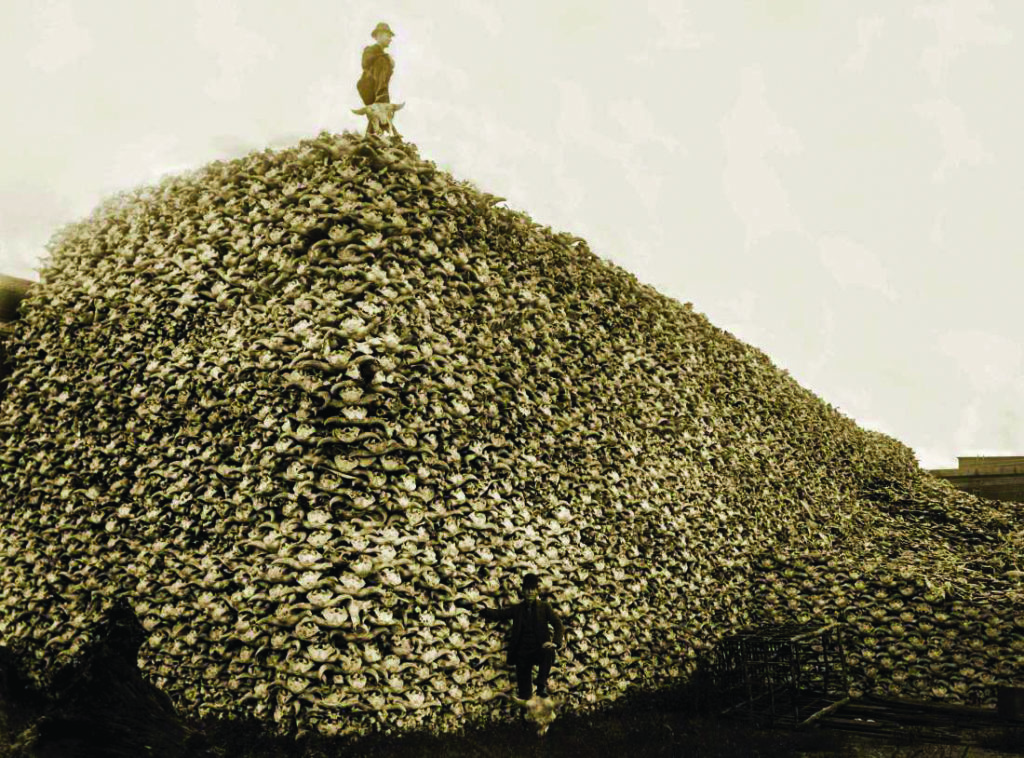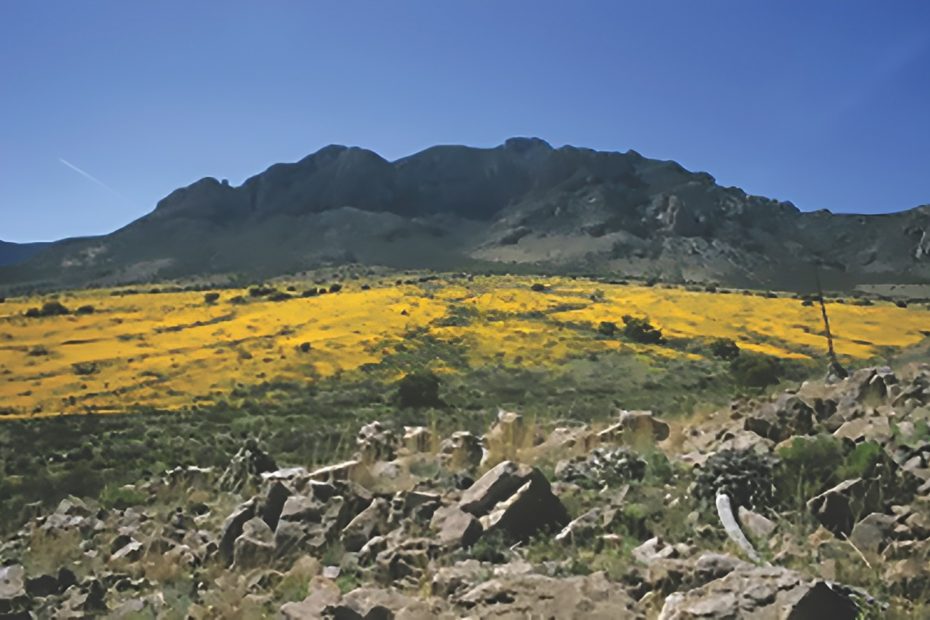Below is a very shortened retelling of the bison chapters of The Eternal Frontier, an Ecological History of North America and its People by Tim Flannery.
George McJunkin settled in Folsom, New Mexico after being freed from slavery in 1865 at fourteen years old. He became a cowboy on the Crowfoot Ranch (later its foreman) and learned to read. His interests encompassed so many areas, most of all natural history. The large bone pit he discovered revolutionized North American prehistory. After his death there was more extensive excavation and a long-vanished culture, with a great stone tool tradition, was given the name Folsom. In McJunkin’s pit, buried in the bones of 23 extinct long-horned bison, were Folsom spear blades. These stone blades, deeply fluted and lethal, were made somewhere between 12,950 and 12,250 years ago. The Folsom people harvested plants and hunted antelope, elk, deer and other game, but mainly long-horned bison. It appears they were a part of each others lives.
The great large animals died out in North America by about 12,000 years ago for unknown reasons – climate change, hunting… Large animals got smaller. Getting smaller (dwarfing) and increased herd sizes both come from the pressure of being hunted. The bison that we recognize today came to dominate the Great Plains over thousands of years. Thirty to fifty million bison lived there, and were critical to the new ecosystem.
With bison urine and feces the soil fertility of the Great Plains was never lost, and the trampling of bison herds buried seeds, speeded up decay of dried grasses and stimulated new growth. Antelope, deer, elk, big-horn sheep all thrived. The plains of North America, and savannas elsewhere, with great herds of animals passing through are extremely productive regions.
The predators of bisons were wolves and the Plains Indians. They coexisted a long time. To indigenous peoples the bison was the symbol and reality of abundance and giving. Indigenous people used every bit of what they killed for food, clothing and shelter.
When the Europeans arrived in the 1800’s they slaughtered the bison for blankets and robes, then for leather goods, later they took only their tongues and shot them for sport from trains. Near extinction, a few hundred found protected places in Yellowstone Park and Canada. The wolf was almost exterminated also. And six years after the bison were gone, in 1890, was the massacre of the People at Wounded Knee. With these tragedies came the end of the splendor and fertility of the Great Plains.
———
Flannery’s dedication to his book is:
“To the North Americans: in admiration of the efforts so many are now making to win back the natural grandeur, the biodiversity and ecological balance of their

Photo: Detroit, bison skulls before going to the carbon factory. Glenbow Archives NA-2242-2
